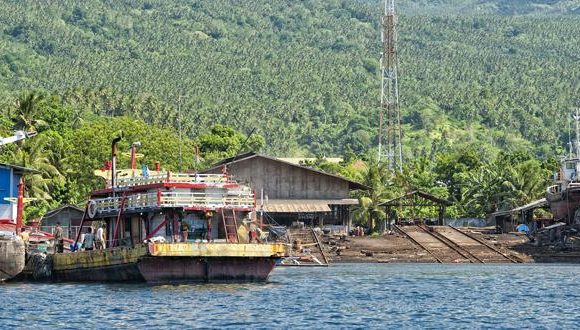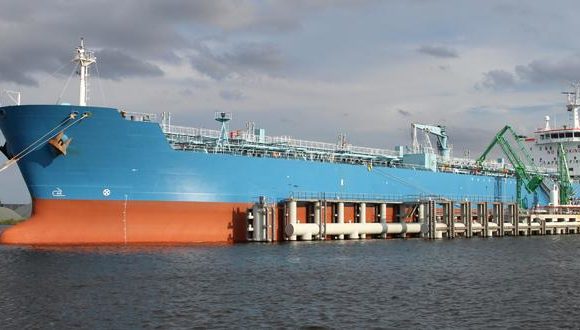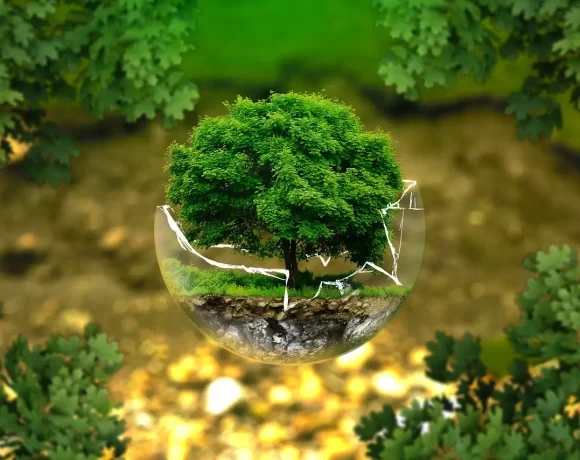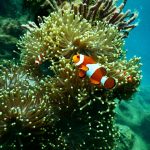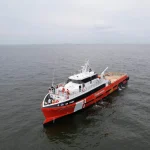The role of oceanography and ocean physics in marine ecology
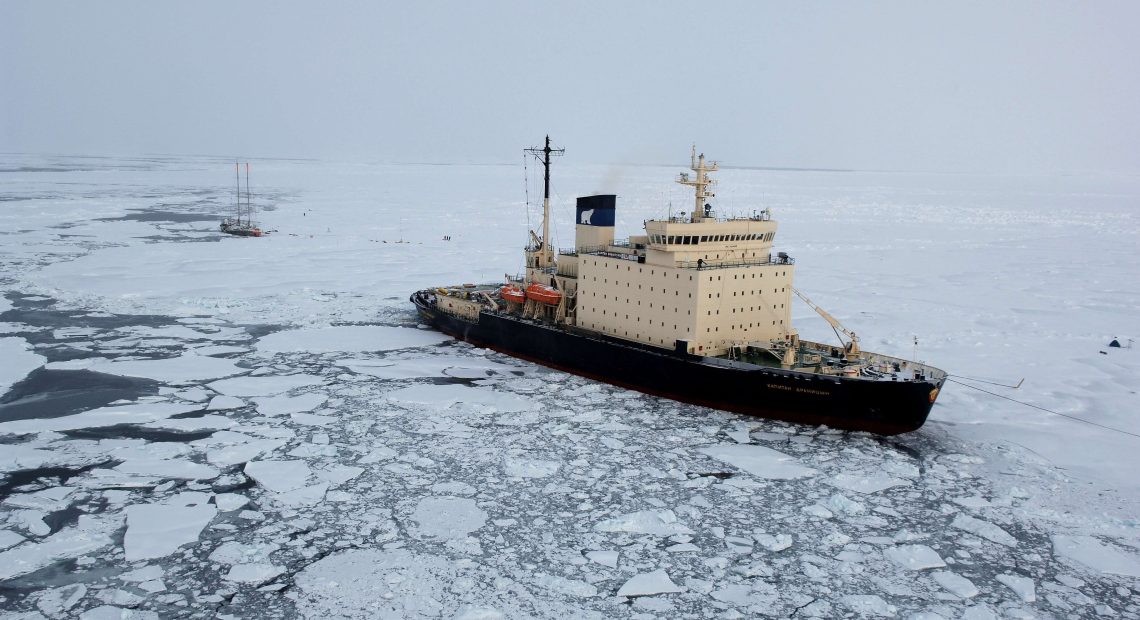
The ocean is a vast and mysterious world that covers over 70% of the Earth’s surface. It is home to countless species of marine life, from tiny plankton to massive whales, and its health and productivity are critical for sustaining life on our planet. Oceanography and ocean physics are essential sciences for understanding the complex interactions between the ocean and the environment. In this article, we will explore the role of oceanography and ocean physics in marine ecology.
What is Oceanography?
Oceanography is the study of all aspects of the ocean. Oceanography covers a wide range of topics, from marine life and ecosystems to currents and waves, the movement of sediments, and seafloor geology. It is a multidisciplinary science that incorporates biology, chemistry, geology, and physics to understand the ocean’s complex systems and processes. Oceanographers use a variety of techniques to study the ocean, including remote sensing, data collection, and computer modelling.
The Role of Oceanography in Marine Ecology
Oceanography plays a critical role in understanding marine ecology, including the distribution and abundance of marine organisms, their behaviour, and their interactions with the environment. One of the most important aspects of oceanography for marine ecology is the study of ocean currents. Ocean currents transport nutrients, heat, and dissolved gases throughout the ocean, influencing the distribution and abundance of marine life. The upwelling of nutrient-rich water from the deep ocean is critical for supporting the productivity of phytoplankton, the base of the marine food chain.
Oceanographers also study the physical properties of seawater, including temperature, salinity, and dissolved oxygen levels. These properties influence the distribution and behaviour of marine organisms, and changes in these properties can have significant impacts on marine ecosystems. For example, rising ocean temperatures due to climate change are affecting the distribution and behaviour of many marine species, including coral reefs, which are facing increasing threats from bleaching events.
Oceanographers can be called “detectives of the sea”, uncovering the mysteries of the ocean and its inhabitants. As oceanographer Sylvia Earle once said, “The ocean is a system we don’t understand very well, but we know it’s critical to our survival.” By studying the ocean’s physical and chemical properties, oceanographers can better understand how marine ecosystems function and how they can be protected.
What is Ocean Physics?
Ocean physics is a branch of oceanography that focuses on the physical properties of seawater and their interactions with the environment. It encompasses the study of ocean currents, waves, tides, and the interactions between the ocean and the atmosphere. Ocean physics plays a critical role in understanding the dynamics of marine ecosystems, including the movement of nutrients, energy, and organisms within the ocean.
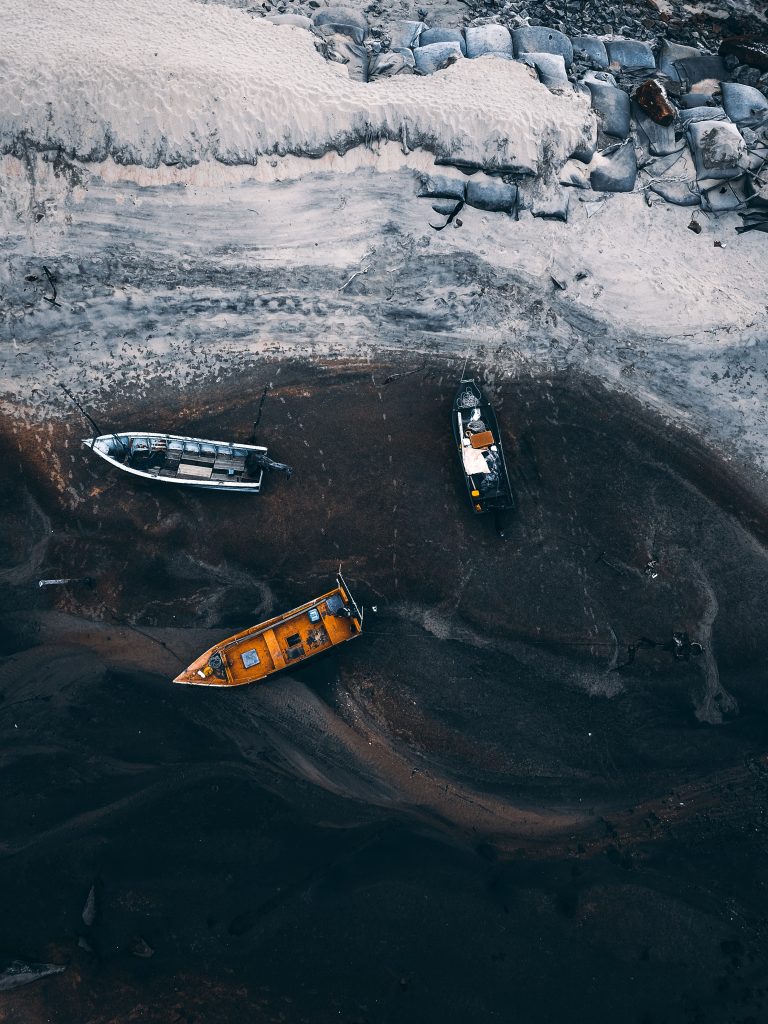
The Role of Ocean Physics in Marine Ecology
Ocean physics is critical for understanding marine ecology, including the interactions between marine organisms and their environment. For example, ocean currents and waves can influence the distribution and behaviour of marine organisms, such as fish and plankton. The movement of ocean currents can also transport larvae of marine organisms to new habitats, influencing the distribution and abundance of populations.
Tides are another important aspect of ocean physics for marine ecology. Tides are caused by the gravitational pull of the moon and the sun, and they can influence the productivity of coastal ecosystems. The ebb and flow of tides bring nutrients and oxygen to coastal habitats, supporting the growth of seagrass beds, salt marshes, and mangrove forests.
Metaphorically speaking, ocean physics is the choreographer of the ocean’s dance, coordinating the movements of waves, currents, and tides to create a complex and dynamic ecosystem. According to the ocean physicist Walter Munk, “The ocean is not a still body of water. There is constant motion and change, and the ocean is alive in its own way.” By understanding the physical properties of the ocean and the interactions between the ocean and the environment, ocean physicists can help predict and manage the impacts of natural and human-induced changes on marine ecosystems.
The Importance of Conservation
Marine mammals, such as whales, dolphins, and seals, are some of the most charismatic and recognizable inhabitants of the ocean. They play critical roles in marine ecosystems, regulating food webs and nutrient cycles, and contributing to the overall health and productivity of the ocean. However, many marine mammal populations are facing threats from human activities, including pollution, overfishing, climate change, and habitat destruction.
Conservation efforts are essential for protecting marine mammal populations and ensuring the health and productivity of marine ecosystems. Marine protected areas, or MPAs, are one effective tool for conserving marine mammal populations and their habitats. MPAs are designated areas of the ocean where human activities are restricted or prohibited, allowing marine ecosystems to recover and thrive.
Marine conservation is like a lifeboat for marine mammals, providing a safe haven for them to recover and thrive in a rapidly changing ocean. As marine biologist Jane Lubchenco said, “We are running out of time to save many species, but we still have a chance if we take action now.” By taking action to protect marine mammal populations and their habitats, we can help ensure the health and productivity of the ocean for generations to come.
Conclusion
Oceanography and ocean physics are critical sciences for understanding the complex interactions between the ocean and the environment. By studying the physical and chemical properties of the ocean, oceanographers can better understand how marine ecosystems function and how they can be protected. Ocean physics plays a critical role in understanding the dynamics of marine ecosystems, including the movement of nutrients, energy, and organisms within the ocean.
Conservation efforts are essential for protecting marine mammal populations and ensuring the health and productivity of marine ecosystems. Marine protected areas are one effective tool for conserving marine mammal populations and their habitats.
Sylvia Earle once said, “No ocean, no life. No blue, no green.” The health and productivity of the ocean are critical for sustaining life on our planet, and it is our responsibility to protect and conserve this precious resource. By understanding the role of oceanography and ocean physics in marine ecology and taking action to protect marine ecosystems, we can help ensure a healthy and vibrant ocean for generations to come.

